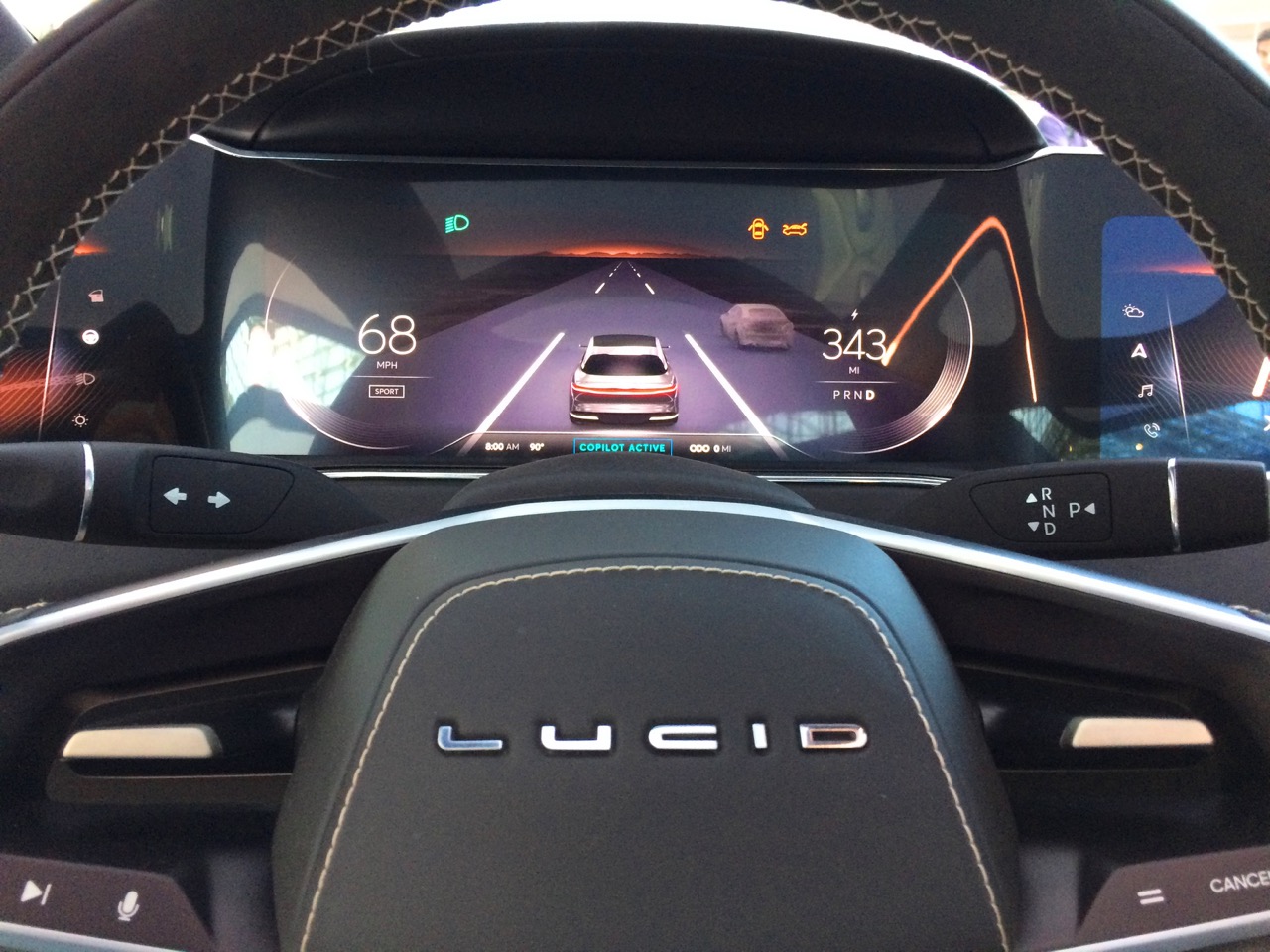Imagine a day when your car will know how to think like a human. Permanently connected to the cloud via dozens of applications, it will drive itself home where it will recharge through a charging pad on the garage floor…wirelessly.
That, in a nutshell, is the vision recently laid out by six promising tech start-ups at the 2017 New York International Auto Show. Young companies like Valens, otonomo, Romeo Power, WiTricity, Via and drive.ai are paving the way for the most radical transformation in transportation since the introduction of the self-driving car.
What they’re ushering, and what we’re witnessing, is a shift from the hardware-focused car to the software-focused car. Driven by data, this evolution is leading to advances such as fully autonomous vehicles capable of “deep learning,” as explained by Tory Smith, Technical Program Manager for drive.ai. He puts it this way: “We’re building the brain of the self-driving car.”
This data-based future of mobility was also emphasized by Peter Rawlinson, Chief Technology Officer at Lucid Motors, a new, luxury electric automaker exhibiting for the first time at the NY Auto Show. Lucid vehicles, he stated, will be delivered autonomous-ready in 2019, sporting a software suite that can be upgraded for “full” autonomous driving, when the time comes for it to be possible. Rawlinson thinks that will be by 2022.
That’s when the Lucid — and models whose manufacturers had the foresight to produce autonomous-ready software — will become fully “copilot active.” That’s when the driver will finally be able to take his or her hands off the wheel, eyes off the road and mind off the car.

